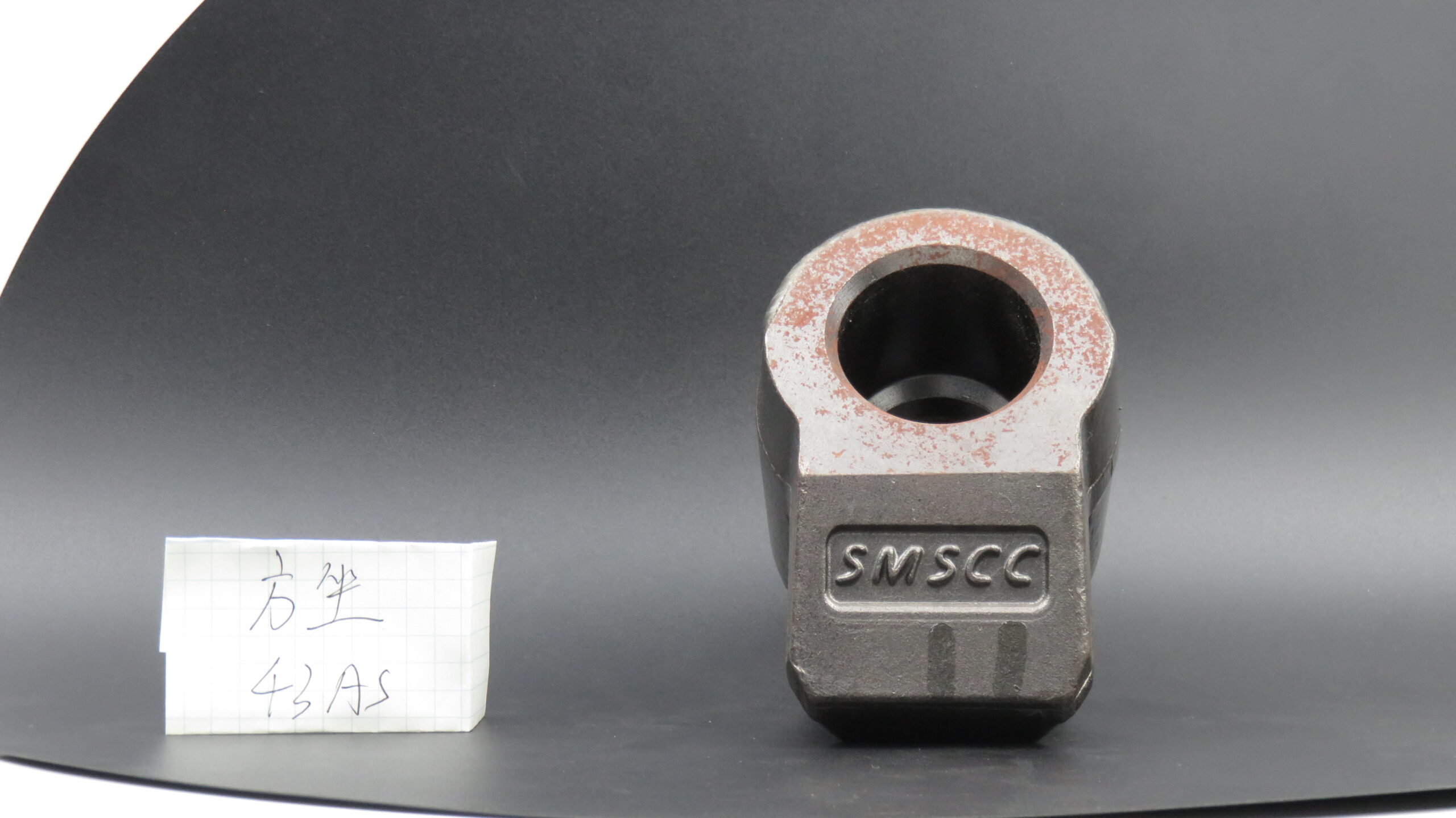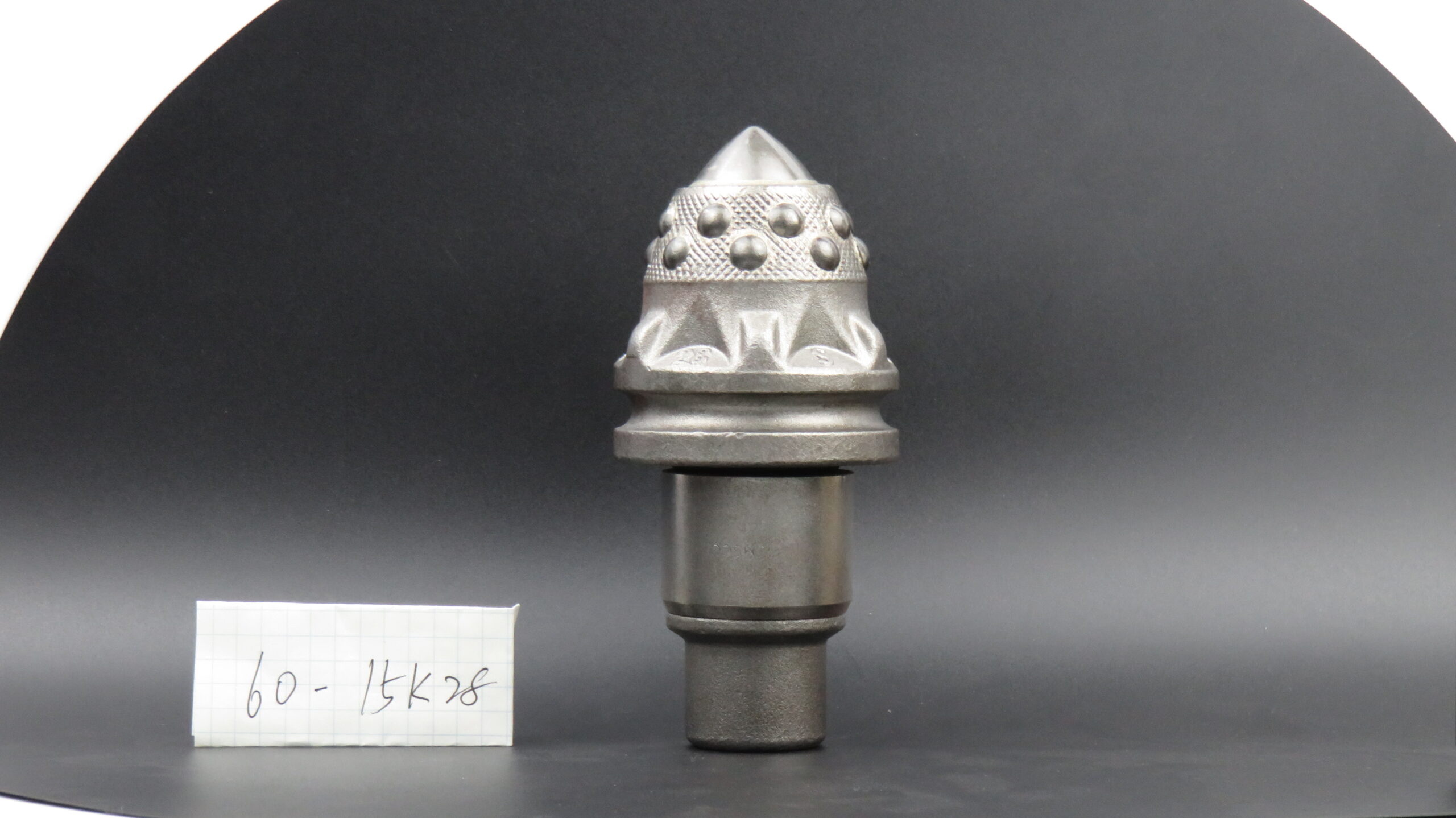Drilling Bits

Description:
The role of rotary drilling teeth in pile foundation construction is to break and cut soil, rock, or other geological materials. They are mounted on the drill bit of a rotary drilling rig, which uses rotational motion and applied pressure to cut the ground into fragments, thereby creating the necessary space for pile formation. The design and material selection of rotary drilling teeth determine their wear resistance and cutting efficiency, ensuring efficient operation in various geological conditions, ultimately improving construction efficiency and quality.
Advantages:
High Wear Resistance: Rotary drilling teeth are typically made from high-hardness materials, allowing them to maintain a long service life even in high-friction and cutting environments, reducing the need for frequent replacements.
High Cutting Efficiency: Well-designed rotary drilling teeth possess excellent cutting capabilities, enabling the rapid cutting of various geological materials, thus improving construction speed and efficiency.
Good Impact Resistance: Rotary drilling teeth undergo special treatment to withstand high-impact forces, making them less prone to breakage or damage, which is essential for working in complex geological conditions.
Strong Adaptability: Rotary drilling teeth can operate effectively in a variety of geological conditions, whether soft soil, hard soil, or rock, ensuring smooth construction progress.
Excellent Heat Resistance: Rotary drilling teeth maintain stable performance in high-temperature environments, preventing deformation or failure due to heat, ensuring continuous efficient operation.
Low Maintenance Costs: Due to their high wear resistance and durability, rotary drilling teeth reduce the frequency of replacements and maintenance, thereby lowering overall maintenance costs.





